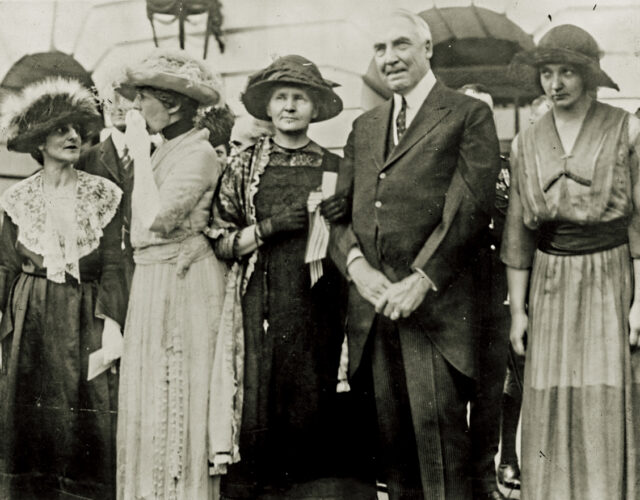Marie Meloney wasn’t used to feeling nervous. She’d started reporting for the Washington Post at age 17 and was the first woman to win a seat in the U.S. Senate press gallery. By May 1920 she was editing a popular magazine, the Delineator, and during a press tour of Europe that year, she had interviewed H. G. Wells, J. M. Barrie, and Bertrand Russell. She was a seasoned reporter and knew her stuff.
Still, Meloney was nervous about her next encounter: Marie Curie. A few years earlier reporters in Paris had exposed the widowed Curie’s love affair with the married physicist Paul Langevin and published their private letters. Langevin’s wife threatened to kill Curie, and Langevin himself challenged the publisher to a duel. (That was just one of five duels the scandal inspired.) All in all it was an exhausting, humiliating ordeal.
Ever since, Curie had loathed the press, and Meloney felt anxious the morning of her interview. So you can imagine Meloney’s surprise at what happened next. Before she could ask her first question, Curie flipped the script and started interrogating her. What, Curie asked the editor, do you know about radium?
Curie’s name had been inextricably linked to radium ever since she and her late husband, Pierre, had discovered it in 1898. They’d toiled for years, refining and processing literal tons of mineral ore, all to extract a single gram of element 88.
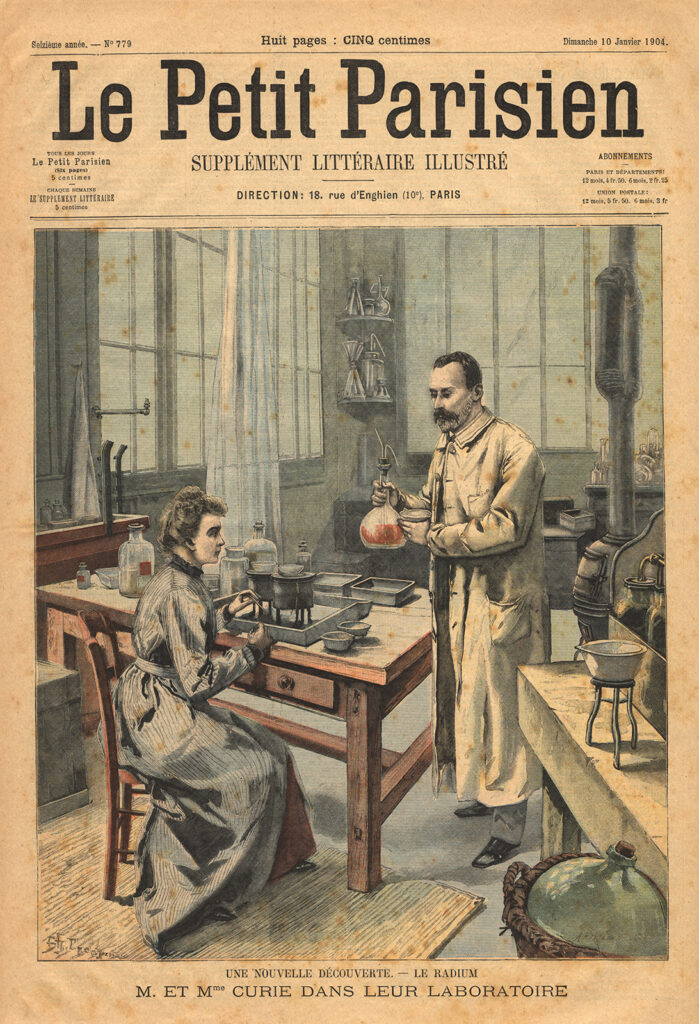
That gram won Curie the 1911 Nobel Prize, her second, and as the basis of much of her research, it was the most precious thing in the world to her. When World War I erupted in August 1914, she stayed in Paris to protect the radium despite the threat of the invading German army. Later she personally escorted the gram to Bordeaux in western France for safekeeping.
But war heroics weren’t what interested Curie. She wanted to talk to Meloney about the eye-popping cost of radium—over $100,000 per gram ($1.3 million in today’s dollars). Worse, the French government had appropriated Curie’s original gram and redirected it to doctors for cancer treatment. Given the cost, Curie couldn’t afford to purchase more. The very woman who’d discovered radium had seen her research grind to a halt for lack of it.
After this outpouring the interview proceeded, and Meloney’s story appeared in the Delineator a few months later. In it she called Marie “the greatest woman in the world,” praising her as both a brilliant scientist and a “woman of rare beauty.” On returning to New York, though, the editor couldn’t stop thinking about Curie’s difficulties. The high price of radium had shocked her—as had the dilapidated state of Curie’s lab. Compared with the labs of other scientists Meloney had interviewed—Thomas Edison, Alexander Graham Bell—Curie’s equipment looked like junkyard scraps. It wasn’t right.
So with her typical moxie Meloney decided there was only one thing to do. If France wouldn’t support Marie Curie properly, then the United States of America would. Meloney would just have to buy a gram of radium herself.
Meloney had always been politically active: her mother had founded a school for freed slaves, and Meloney had absorbed her mother’s activism. She began working her network of contacts. First she asked the wives of 10 wealthy businessmen to donate $10,000 each. All of them turned her down. Undeterred, Meloney made a virtue of necessity and cast her net wider. She would make her fundraising more democratic and appeal directly to the women of the United States.
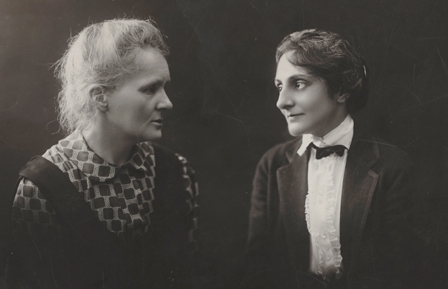
American women had won the right to vote in 1920 and were feeling empowered. Meloney harnessed this energy by penning a plea in her magazine to support Curie, as a pioneering female scientist. “Life is passing,” she warned Delineator readers in April 1921, “and the great Curie getting older, and the world is losing, God alone knows, what great secret.”
Logistically, Meloney modeled her campaign after fundraising efforts for the Statue of Liberty. (The statue itself was a gift, but the United States had to pay for the pedestal.) Meloney assembled brigades of housewives to knock on doors nationwide, collecting a dollar here, two dollars there. Schoolgirls chipped in, scrounging for dimes and sending those along.
The campaign’s success surprised even Meloney. Coins and dollar bills poured in, and when the final pennies were totted up, she had raised $156,413 ($2 million today). Meloney quickly secured a bid for a gram of radium and used the extra cash to set up a trust fund for Marie and her daughters.
The radium drive helped announce that American women had become a political and economic force. And in exchange for their help Meloney thought it only fair for Curie to give something back. She invited the scientist to tour the United States and let the women of the country see her.
Curie hesitated. She was a retiring person by nature, and her health was faltering after years of exposure to radioactive elements. But she coveted the radium too much to say no. So in May 1921 she and her daughters—Irène, 23, and Ève, 16—sailed across the Atlantic.
They docked in New York to find huge crowds awaiting them, including several troops of Girl Scouts. Well-wishers tossed roses. Brass bands played. Curie shook so many hands that day her arm began aching; it would end the seven-week tour in a sling.
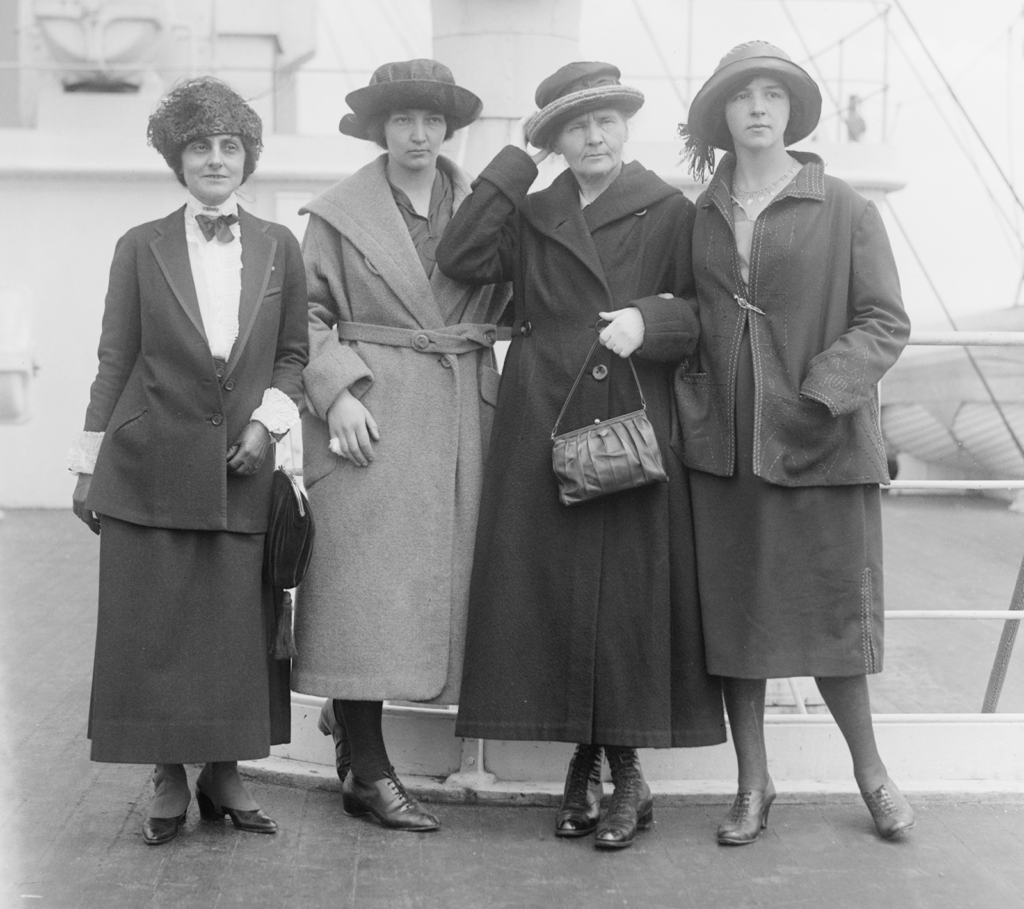
For their part Irène and Ève enjoyed America—swimming in Lake Michigan, touring Coney Island. Marie, though, quickly tired of the fanfare and the endless litany of speeches and luncheons. She didn’t care about meeting Vanderbilts or Carnegies and began suffering from dizziness and a ringing in her ears. At one point before a train ride in Santa Fe, a chaperone found her with her face buried in her hands, saying she couldn’t get on, not with people staring at her like a wild animal.
Observers noticed her plight, too. One reporter described how “her arms hung lifelessly [and] her features were ashen gray. . . . The deep lines on her face . . . showed how seriously the unaccustomed strain of her whirlwind visit to America has affected her.” Another worried that Curie’s admirers were forcing her “to pay with her own flesh for our gift, the mere satisfaction of our pride.”
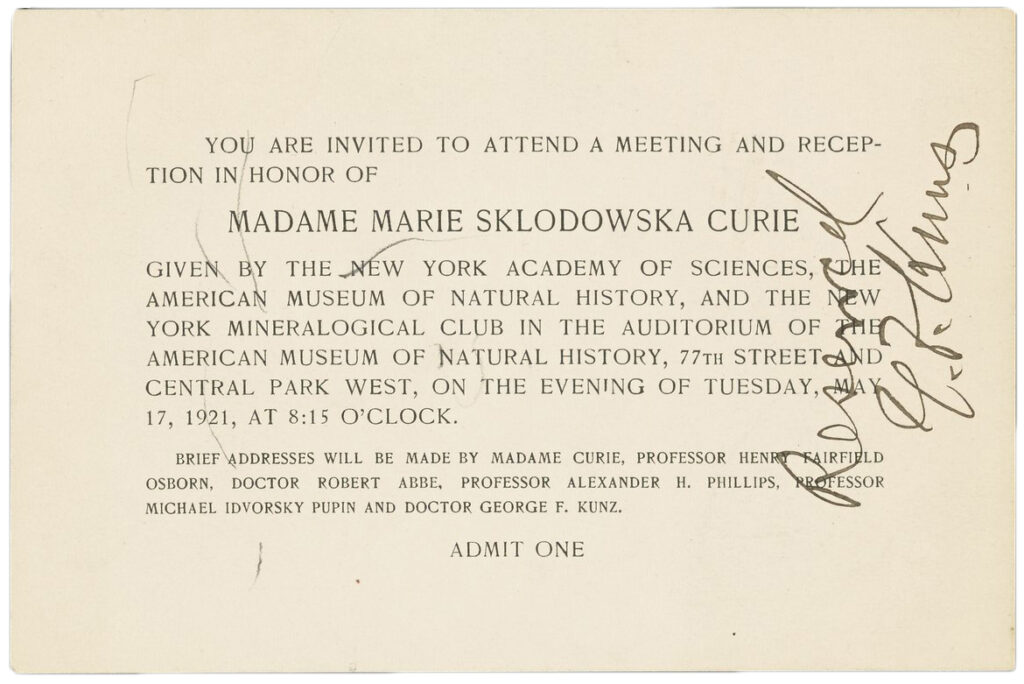
Still, Curie did enjoy some of her travels. She delighted in Niagara Falls and the Grand Canyon, which she’d always longed to see. And she was captivated with her tour of Standard Chemical Company, near Pittsburgh, which had isolated the radium for her. Scientists there spent six months on the job, using industrial-scale processes to whittle down 500 tons of ore into a gram of silvery grey powder. Their method required 500 tons of acids and other chemicals; 1,000 tons of coal; and 10,000 tons of water—work that Marie and Pierre had done by hand in the 1890s.
Curie also met with President Warren Harding at the White House, where she was presented with a protective case for the radium. The case was lined with lead and weighed 130 pounds; a gold key opened it. The press was led to believe that the radium was inside the case, but for security reasons the gram was locked away at a nearby government lab. Curie played along, and in a short speech she said she’d been honored “as no woman has ever been honored in America before.”
Curie arrived back in Paris on July 2. No doubt to her relief there were no crowds waiting for her. She could finally get back to work.
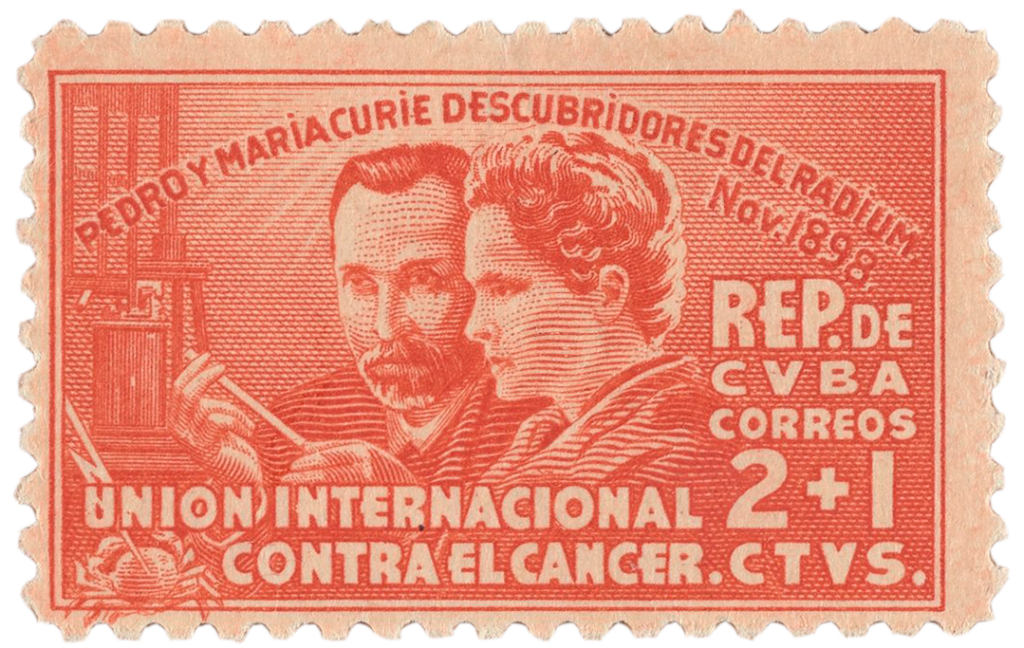
Curie and the scientists at her institute used the radium in several important research projects. Among those scientists were Curie’s daughter Irène and Irène’s husband and scientific partner, Frédéric Joliot. Amusingly, before Irène and Frédéric married, Marie forced him to sign a prenuptial agreement renouncing all rights to the radium if he and Irène ever divorced. She needn’t have worried. Irène and Frédéric had a long, loving marriage and an equally blessed scientific partnership. In 1934 the gram helped them discover that stable atoms could be artificially turned into radioactive atoms, a key step in producing a nuclear chain reaction. This work won them the Nobel Prize in 1935.
Sadly, Marie had passed away by then from complications associated with chronic radiation poisoning. The irony is sobering: she’d endured several exhausting weeks touring the United States simply to get her hands on more of the very substance that would kill her.
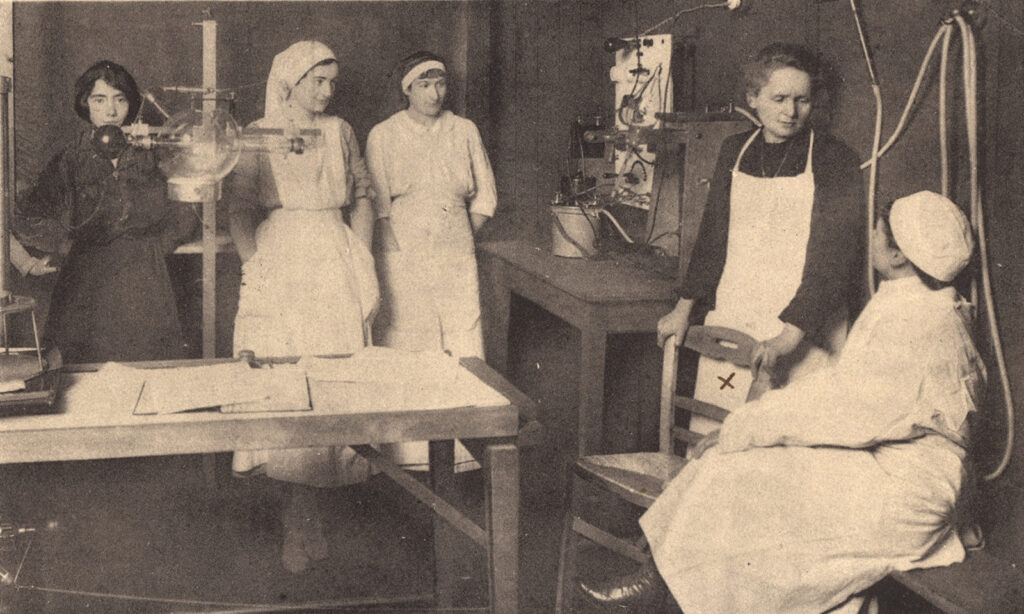
As for the gram of radium, it had a lively afterlife. When Nazi troops reached Paris in 1940, Irène and Frédéric packed the radium into its 130-pound lead case and fled west to Bordeaux, just as Curie had done with the original gram at the start of World War I. (Bravely, Irène later smuggled the radium back to Paris under the noses of the Nazis.) And when Irène and her two children escaped from war-torn France to Switzerland in June 1944, they survived by using money from the $56,000 trust fund Marie Meloney had established.
Meloney herself remained a force in American journalism, scoring coveted interviews with Benito Mussolini and Adolf Hitler in the 1930s and rising to the editorship of one of the biggest publications in the United States, the New York Herald-Tribune’s magazine. In between work she also continued to champion the Curies. She convinced New York mayor Fiorello La Guardia to name a Bronx street after Curie and became something of a mentor to Curie’s daughter Ève, who aspired to write.
Sadly, Meloney died of the flu in 1943, so she never heard how a third generation of Curies benefited from the largesse of American women. But she died knowing her fundraising had reinvigorated research at Curie’s institute. And more than that, those close to Curie said despite the stress of the American tour, surviving the media glare gave Curie a new confidence in herself. Though never gregarious, she emerged from the trip more at ease with crowds and more willing to engage with people. She also gained a deeper understanding of what she meant to women around the world. Never mind the cost of the radium: what Marie Curie had given them was priceless.

